
Mysuru Fertility Centre
With expertise and technology from Singapore
Mysuru Fertility Centre has state of the art facilities, well quality controlled lab with advanced equipments and expertise from Singapore, a combination of which will deliver success to each and every couple and bring them smiles.
Get in touchFertility Assessments
Lorem ipsum dolor sit amet, consectetur adipiscing elit, sed do eiusmod tempor incididunt ut labore et dolore magnam aliquam quaerat voluptatem. ut enim sapientiam, temperantiam.

Assessment of the male
A routine infertility evaluation is valuable in determining the cause of infertility and provides key information when designing personalized treatment plan. At MFC, our fertility assessment program is designed to be convenient and informative and will give you just the information you need to plan accordingly. Some tests/investigations are exclusive to MFC
Learn more »
Assessment of the female
A routine infertility evaluation is valuable in determining the cause of infertility and provides key information when designing personalized treatment plan. At MFC, our fertility assessment program is designed to be convenient and informative, and will give you just the information you need to plan accordingly.
Learn more »Fertility Servies
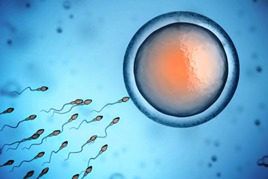
Conventional Invitro Fertilization
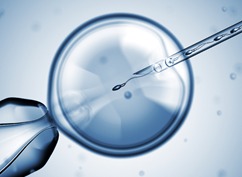
Intracytoplasmic sperm Injection (ICSI)
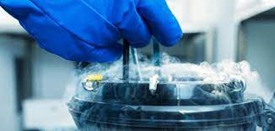
Embryo cryopreservation (Vitrification)

Egg freezing
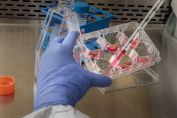
Pre-implantation Genetic testing of embryos (PGT)
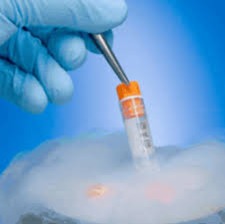
Ovarian tissue cryopreservation

Altruistic surrogacy

Sperm and egg donation
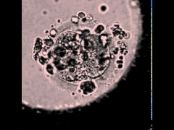
Time lapse Embryo culture & Artificial Intelligence for embryo selection

Viable sperm Selection using IMSI
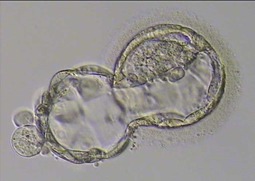
Laser Assisted hatching
What sets us apart
-
A Team of Fertility Specialists - Doctors, Embryologists and counsellors understand and identify the causes of each infertile couple.
-
We investigate the causes of both male and female infertility.
-
We formulate specific treatment for each couple individually.
-
We use an Artificial Intelligence based system to predict the number of eggs/cycles required to make top quality embryos to produce pregnancies.
-
We have tests to identify and treat fertilization failure in IVF and ICSI.





About the director
Dr. Suresh Kattera who worked in Singapore for more than 20 years is a pioneer in IVF with international experience of more than 25 years. He has developed novel technologies and methods to identify and overcome fertilization failures culture & identify the best embryos that make pregnancies, achieve 100 % survival of embryos after freezing and identification of disease-free embryos.
Dr. Suresh received his training in the USA, UK, Belgium and Italy and has offered his expertise to various IVF centres in India and overseas.
Learn more »Our team
Book an appointment now
Phasellus vestibulum lorem sed risus ultricies tristique nulla aliquet enim tortor, at auctor urna nunc id! Rhoncus aenean vel elit scelerisque mauris pellentesque pulvinar pellentesque habitant morbi tristique senectus et.
Mysuru Fertility Centre, First Floor
#12246/A, Vijayanagar 4th Stage, 2nd Phase
Outer Ring Road , Mysuru – 570017
+91 90191 61221
ivfmysuru@gmail.com






